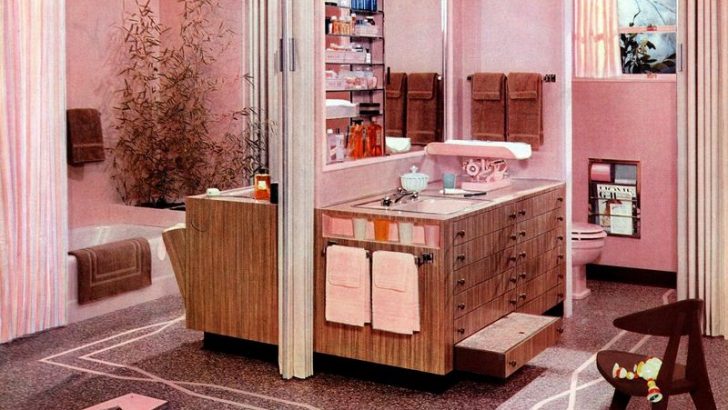Home decorating trends come and go, but some styles leave a lasting impression—one we hope never returns. Over the years, certain decorating fads have made us scratch our heads in disbelief or cringe at the thought of them making a comeback. Whether it’s due to their overwhelming boldness or sheer impracticality, these trends serve as a reminder of how far design sensibilities have evolved. In the spirit of celebrating modern elegance, let’s explore seven decorating trends that should remain relics of the past. From shag carpets to avocado-green kitchens, these styles are best left to the history books.
1. Shag Carpets
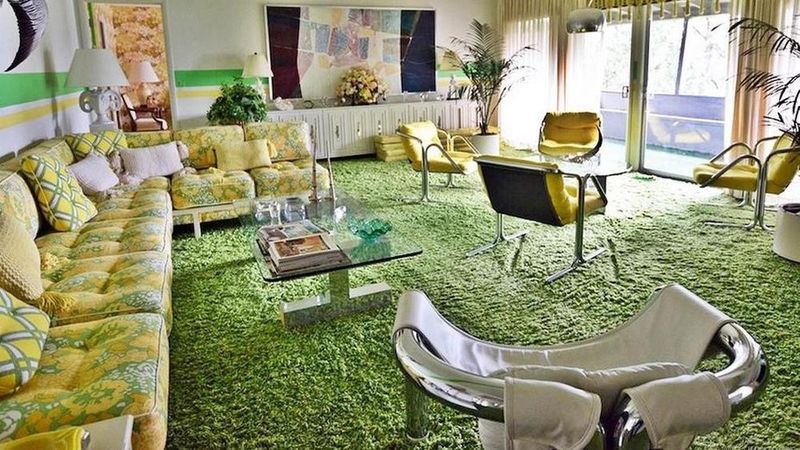
Shag carpets were once the height of 1970s chic, offering a plush, tactile experience underfoot. Unfortunately, they were also dust traps, harboring allergens and requiring endless maintenance. Imagine stepping into a room where the floor resembles a lively, colorful jungle. The deep pile might have felt luxurious, but its upkeep was anything but. Today, we prefer sleek, easy-to-clean flooring options that complement a range of design aesthetics. Shag carpets, with their bold colors and high maintenance, remind us that sometimes, less really is more.
2. Avocado Green Kitchens
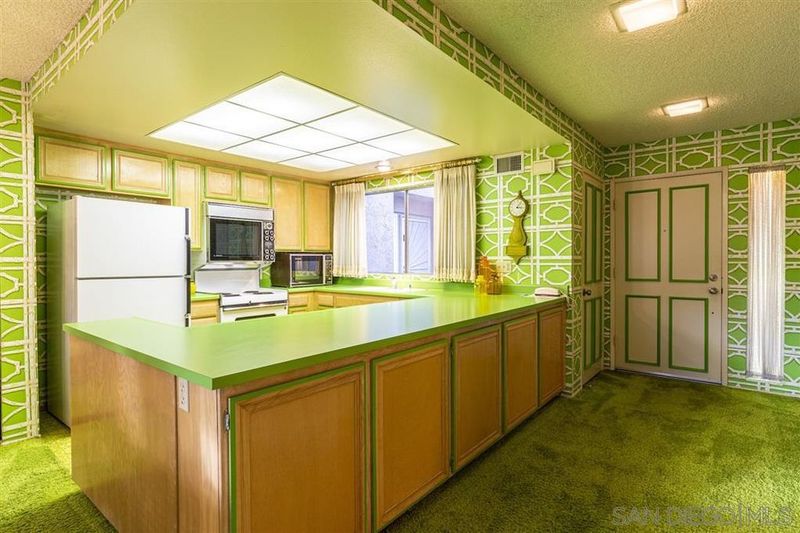
Avocado green was once the go-to color for kitchens, symbolizing freshness and health. But the hue quickly became synonymous with outdated design. Picture a kitchen where every appliance is a shade of green that feels more like the inside of an avocado skin than a modern palette. This trend, while bold, often clashed with other colors, making spaces feel cramped and dark. Today, we embrace lighter, more neutral tones that enhance space and light. Avocado green kitchens serve as a cautionary tale in the power of color.
3. Floral Sofas
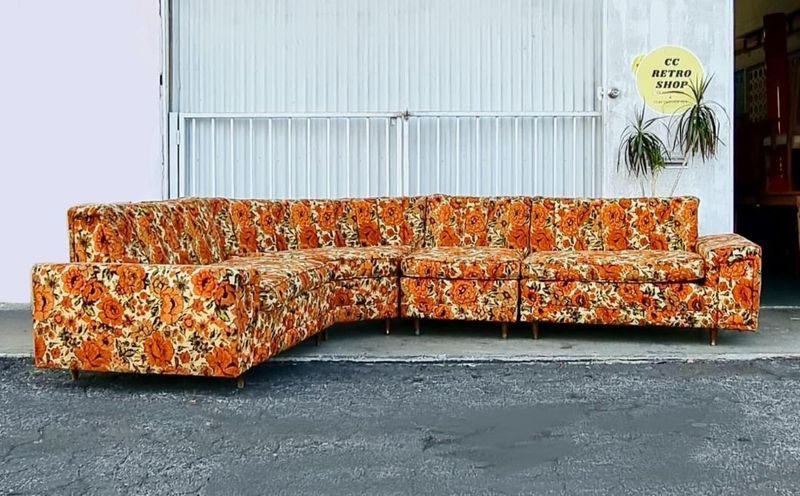
Floral sofas were a staple in countless homes during the 1980s, often paired with equally floral curtains. While they were intended to bring nature indoors, the effect was often overwhelming. Imagine a room where every surface competes for attention, resulting in a visual overload. These sofas were not only visually busy but also difficult to coordinate with other elements. In contemporary design, we favor subtlety and balance, using floral patterns sparingly and stylishly. The floral sofa remains a testament to maximalism gone awry.
4. Popcorn Ceilings
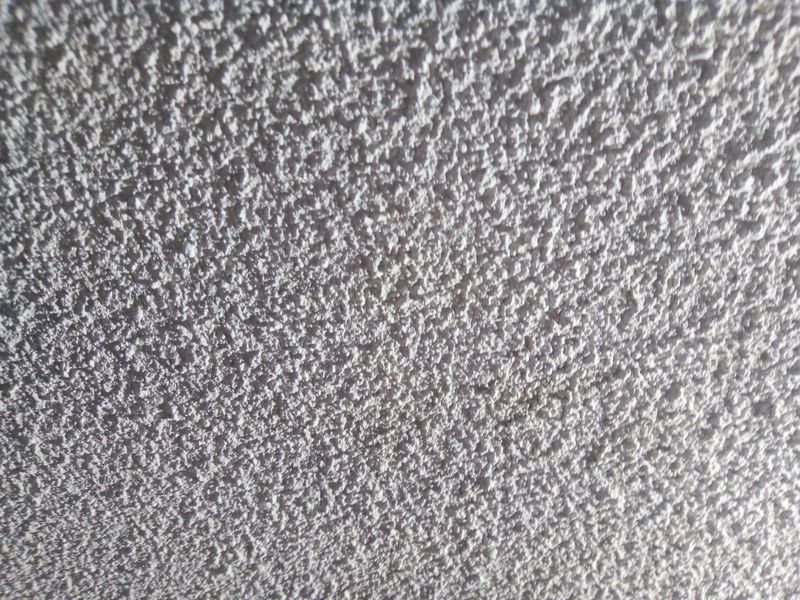
Popcorn ceilings, with their bumpy texture, were once a popular way to hide imperfections. However, they also collected dust and were difficult to repair or clean, not to mention their association with asbestos. Imagine looking up to a ceiling that feels more like a dusty old movie theater than a home. Today’s design favors smooth, clean lines that open up spaces and reflect light. Popcorn ceilings are a reminder of how some solutions create more problems than they solve.
5. Wall-to-Wall Carpeting
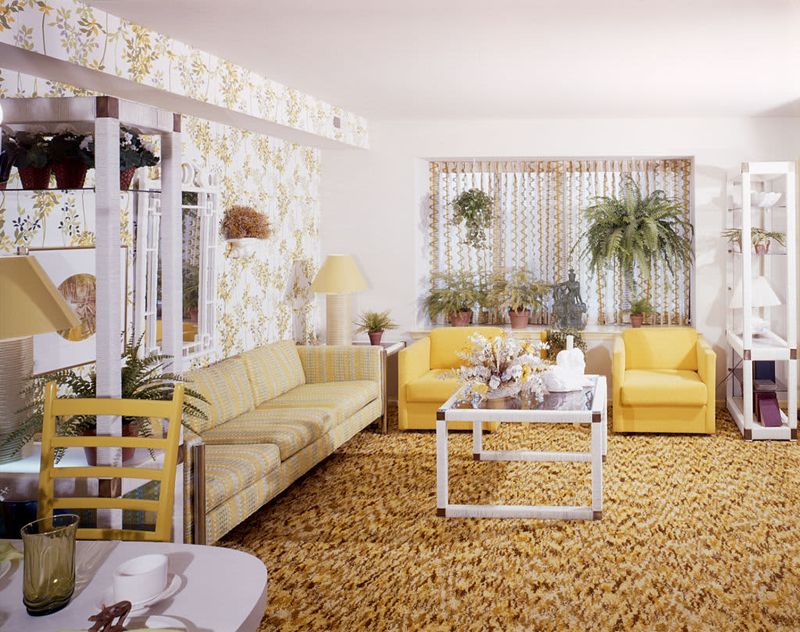
Wall-to-wall carpeting was once the norm, providing a cozy, uniform look throughout a home. But it also trapped stains and odors, making it difficult to maintain. Imagine every room feeling like it’s wrapped in a soft but smothering blanket. Modern design trends lean towards hardwood or tiles, offering a cleaner, more versatile foundation. Wall-to-wall carpeting, especially in bold patterns, serves as a reminder of how uniformity can sometimes stifle creativity.
6. Pastel Bathrooms
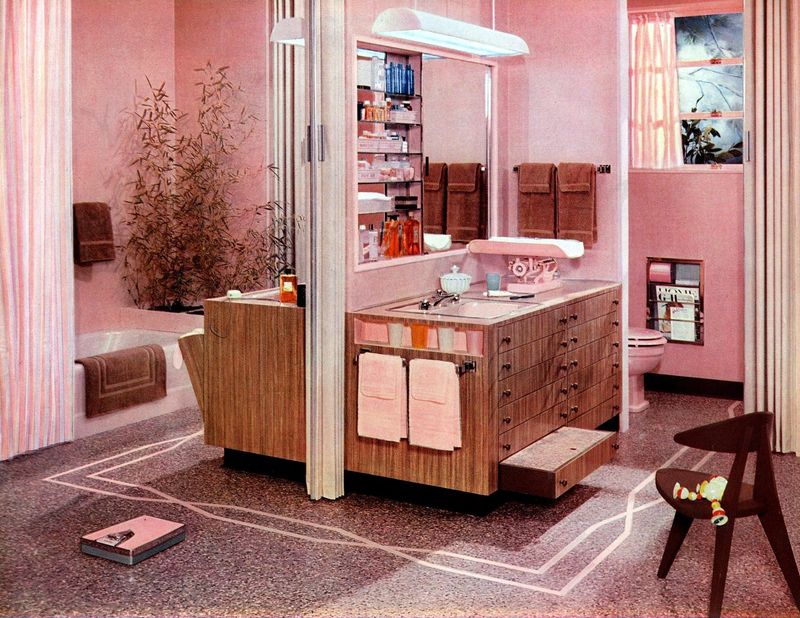
Pastel bathrooms, with their muted pinks, blues, and greens, were the epitome of mid-century modern style. However, these bathrooms often felt more like dollhouses than spaces for relaxation and rejuvenation. Picture a bathroom where every fixture and tile exudes a soft hue that feels more dated than delicate. Today’s bathrooms aim for a spa-like feel, focusing on neutral tones and natural materials. Pastel bathrooms remind us how important it is to balance color with functionality.
7. Vertical Blinds
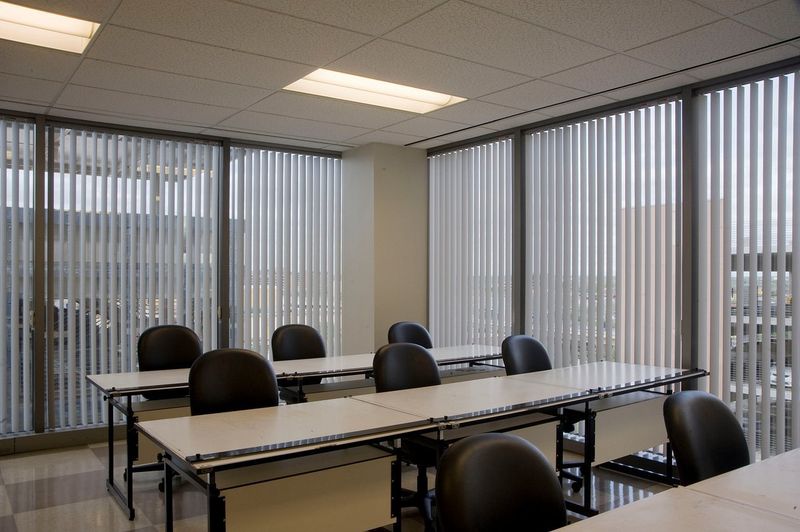
Vertical blinds were once a cutting-edge solution for large windows, offering privacy and light control. However, they often clattered noisily and jammed easily. Imagine a room filled with harsh lines and mechanical sounds every time you adjust the light. Today, we prefer softer, more streamlined window treatments that complement rather than dominate a space. Vertical blinds, with their rigid structure and limited flexibility, highlight the need for design that marries form and function.

Well, hello there!
My name is Jennifer. Besides being an orthodontist, I am a mother to 3 playful boys. In this motherhood journey, I can say I will never know everything. That’s why I always strive to read a lot, and that’s why I started writing about all the smithereens I came across so that you can have everything in one place! Enjoy and stay positive; you’ve got this!

